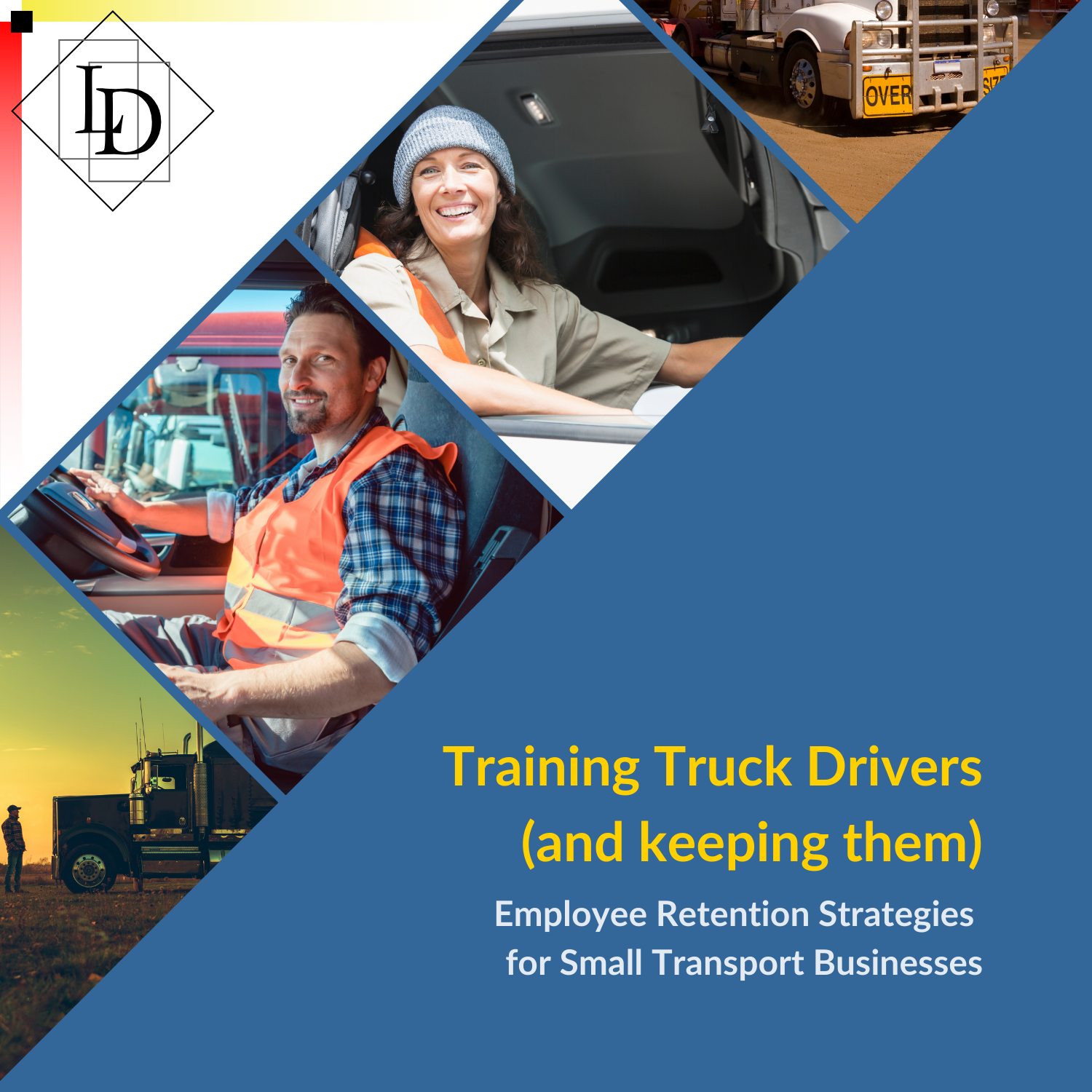
Tackling Driver Training and Retention in Small Transport Businesses
Australian trucking companies face many challenges. Employing and keeping staff is one of them, and is especially challenging for smaller businesses. Today we’re going to discuss strategies to retain current employees, and how to leverage a great working environment to attract future employees.
If you started as an owner-driver, you’ll know all too well the hassles your drivers face. Navigating through traffic, finding routes to avoid low bridges and other such obstacles, waiting at livestock crossings, and being away from home and family for extended periods of time are just a few. The dream day for a truckie would involve nothing more than keeping the big rig between the lines, dropping the freight off at the correct yard, and finding a straight-forward route home.
So how can we make their day better? Here’s a few areas we’ve thought of that can smooth out some of those metaphorical bumps in the road.
1. Maintaining equipment: any uncertainty for the reliability of the vehicle is just that much more anxiety your drivers are going to have on the road. It can be easy to look at maintenance costs as simply a numbers game, but creating an environment where your drivers feel valued means taking those extra steps to ensure their safety and comfort.
2. Gratefulness: if you’ve been there, you know what they go through. Talk with your employees, see how they’re going, empathise with them, and last but not least, thank them. Taking the time to make these simple, brief gestures may seem worthless, but appreciation goes a long way. When your employees “debrief” to their loved ones, the difference in perspective from feeling taken for granted and appreciated can change a bad day to an average day, and an average to a good one.
3. Management: take a few moments each day to check in with your employees. One of the responsibilities of management is to ensure they are cared for and have all they need to get the job done. Taking that a couple of steps further and asking what could be better, and actually following up on that makes a huge difference to the atmosphere of your workplace. This also allows you to build a much more detailed “big picture” of your company, giving you the insights to know which improvements should be prioritised.
4. Workflow: De-cluttering the office, keeping centralised records, and switching from paper (or scribbles on a napkin) to electronic documents can turn the frantic exercise of admin and data entry into a cohesive, well-tuned operations area. Cutting out the chaos of juggling paperwork is that much less stress and that much more head space your office staff have to deal with.
5. Communication: None of these points work well in isolation, and communication is the glue that brings them all together neatly. Having clearly defined expectations and open avenues of communication promotes a more relaxed work environment, where everyone knows they will be heard.
If you’ve got ideas to improve workplace conditions you’ve used or would like to see used, comment below! Whether you’re in the transport industry or not, let’s get a conversation started.